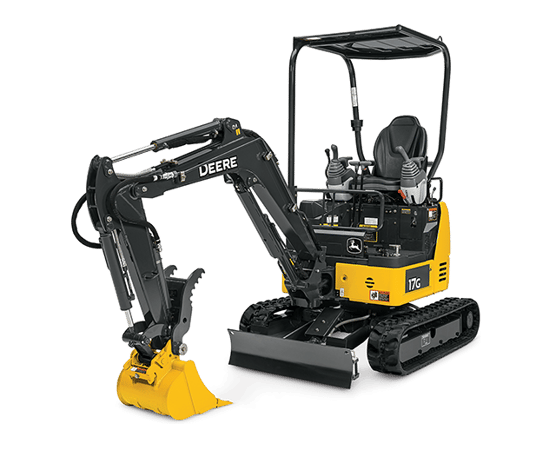Aerial Lift Rental: Versatile Solutions for Elevated Job Jobs
Aerial Lift Rental: Versatile Solutions for Elevated Job Jobs
Blog Article
Understanding the Benefits of Renting Out Hefty Equipment for Construction Projects
In the world of building projects, the choice to lease heavy devices can substantially impact the general efficiency and cost-effectiveness of the endeavor. As we dig into the details of renting heavy tools for building jobs, an engaging range of benefits emerges, losing light on the critical advantages that business can harness for optimum job implementation.
Economical Service
When seeking an economical remedy for building and construction projects, renting hefty tools typically verifies to be a practical selection. Building projects, whether huge or small, regularly call for specific machinery that might not be utilized constantly throughout the duration of the task. Deciding to lease hefty equipment as required can significantly lower upfront costs compared to acquiring new machinery outright. Furthermore, renting out permits greater versatility, as different projects might require different sorts of equipment which can quickly be sourced via rental companies.
Access to Specialized Devices
Renting heavy devices for building and construction projects not only provides an economical service yet also supplies accessibility to a wide variety of specialized machinery that might be essential for details job requirements. Construction jobs often require specialized tools tailored to distinct jobs such as excavation, demolition, or product handling. By deciding to rent out these specialized pieces of machinery, building and construction firms can ensure they have the right devices for the job without the worry of lasting ownership costs.
Accessibility to specific equipment through renting out allows construction firms to take on a varied variety of jobs effectively. In general, the option to lease specific devices supplies building jobs with the necessary tools to satisfy specific requirements while preserving economic vigilance. dozer rental.
Boosted Flexibility and Scalability
Enhancing operational flexibility and development potential, the adaptability and scalability used through devices rental solutions play an important function in maximizing construction project monitoring. By going with equipment leasing, building business can conveniently adapt to transforming project requirements without being strained by the long-lasting dedication of devices ownership. This adaptability permits for the speedy adaptation to job variants, such as unforeseen changes in scope or timeline, making certain that the best devices is readily available when needed.
Additionally, equipment rental solutions provide building business with scalability choices that straighten with job demands - dozer rental. Whether a job needs added equipment because of development or a decrease in devices due to a change in project focus, renting offers the flexibility to scale up or down as essential. This scalability attribute makes it possible for building and construction business to successfully manage resources, stay clear of unnecessary expenses, and keep job performance levels
Decreased Maintenance and Fixing Prices
Decreased repair and maintenance costs provide a considerable benefit of utilizing equipment rental solutions for building and construction jobs. When renting out hefty tools, the responsibility for maintenance and repair services normally drops on the rental business rather than the construction firm. This plan can result in substantial cost savings for the task, as maintenance expenditures, unexpected repair costs, and downtime due to tools breakdowns are mitigated.

Additionally, rental business are generally timely in resolving any kind of issues that might develop with the equipment, lessening downtime on the building and construction website. This aggressive maintenance approach can boost productivity and project timelines, eventually resulting in an extra successful construction venture.
Improved Project Effectiveness

Conclusion

Report this page